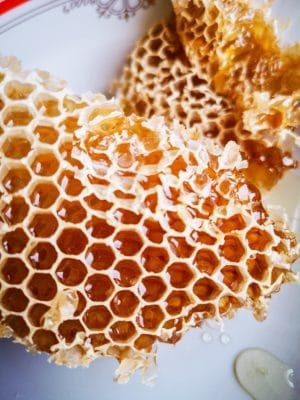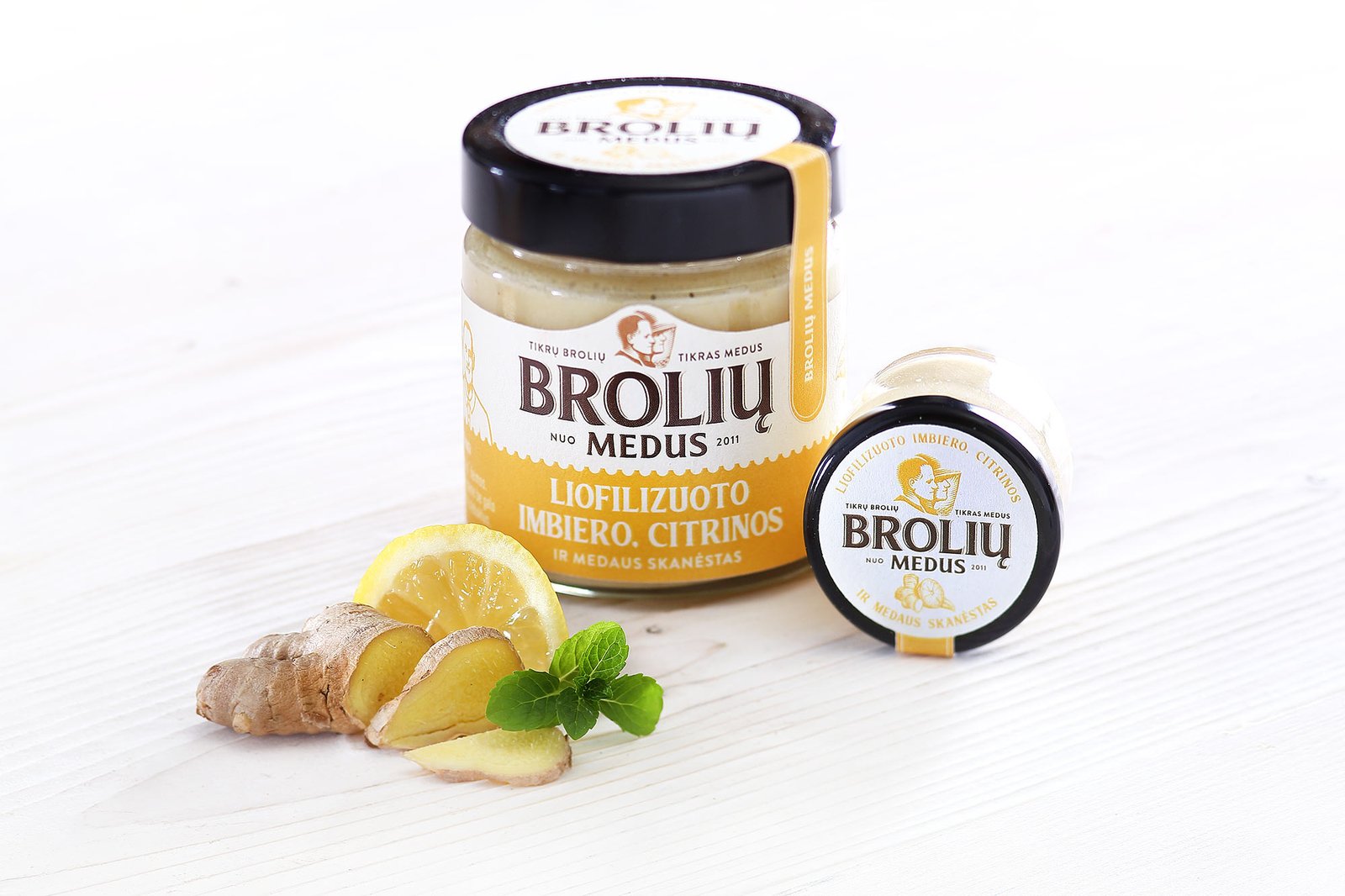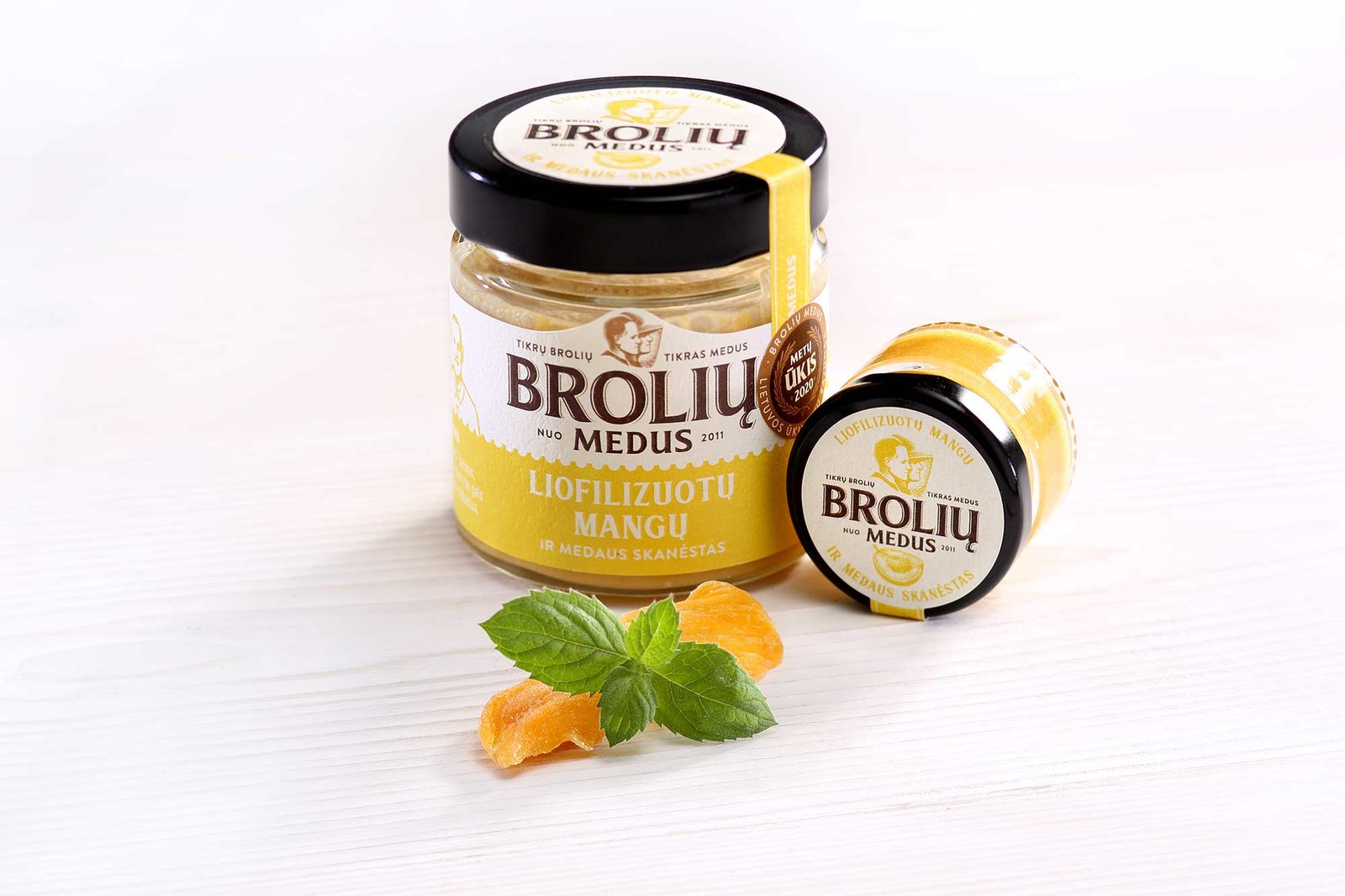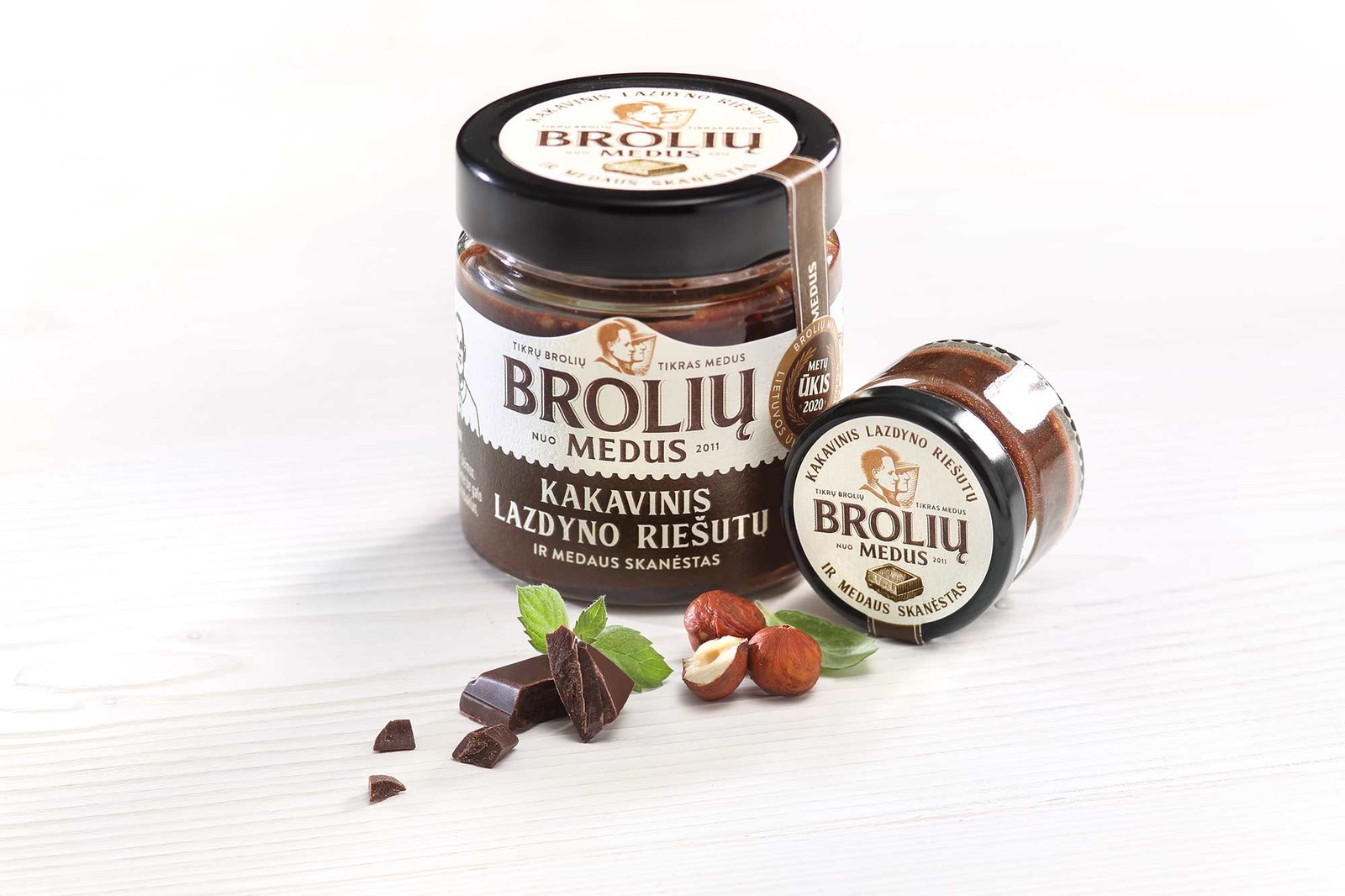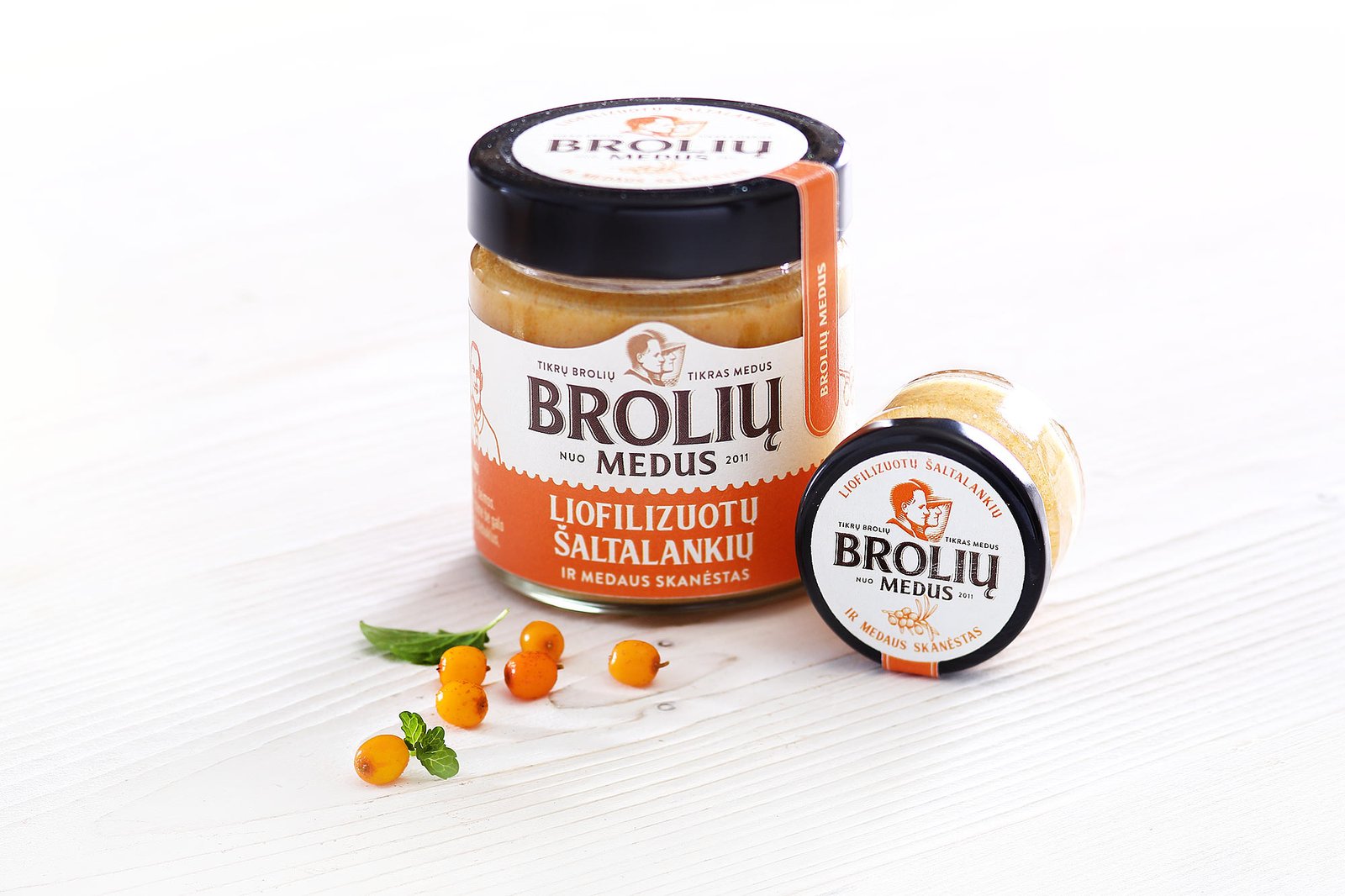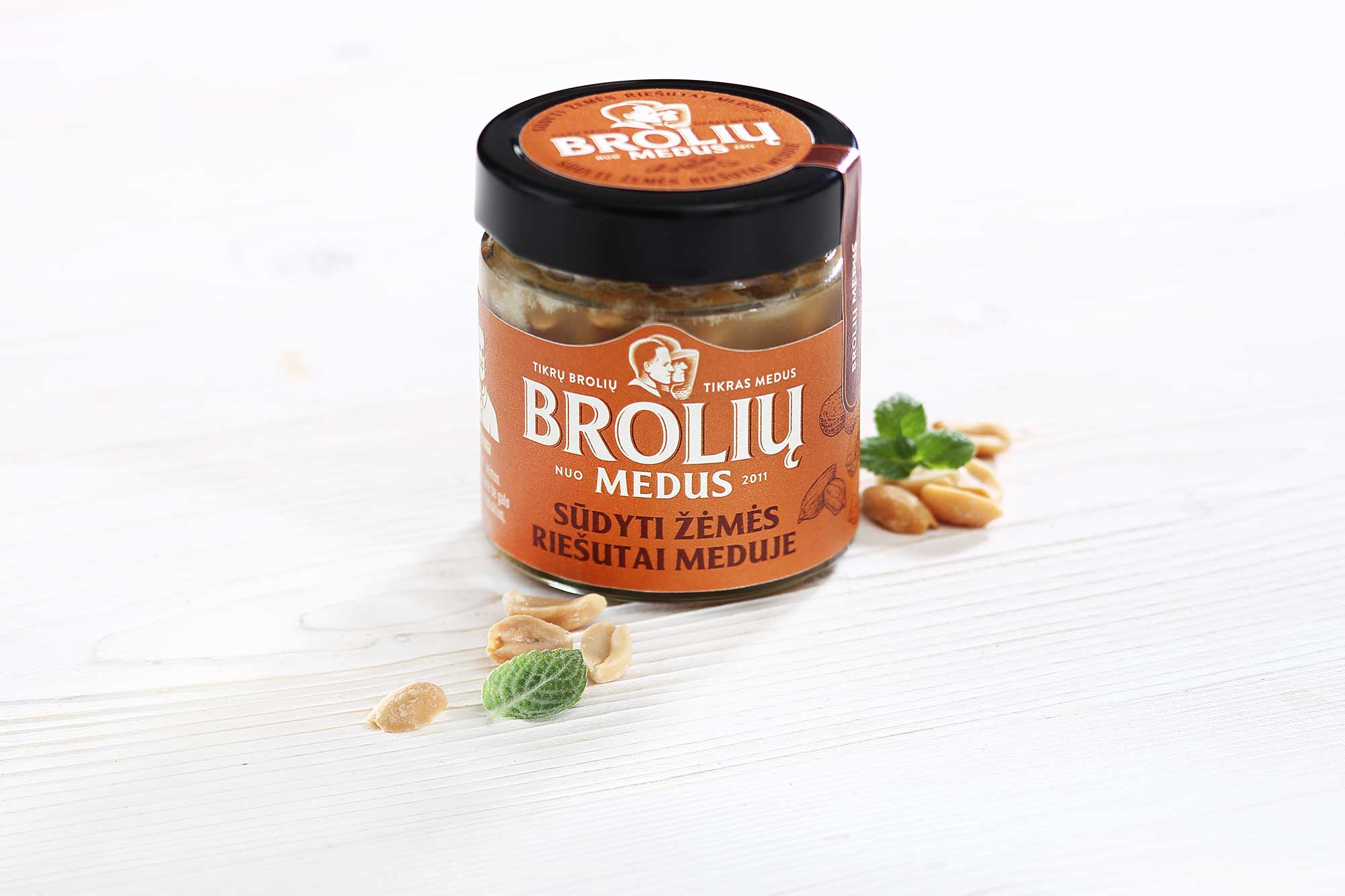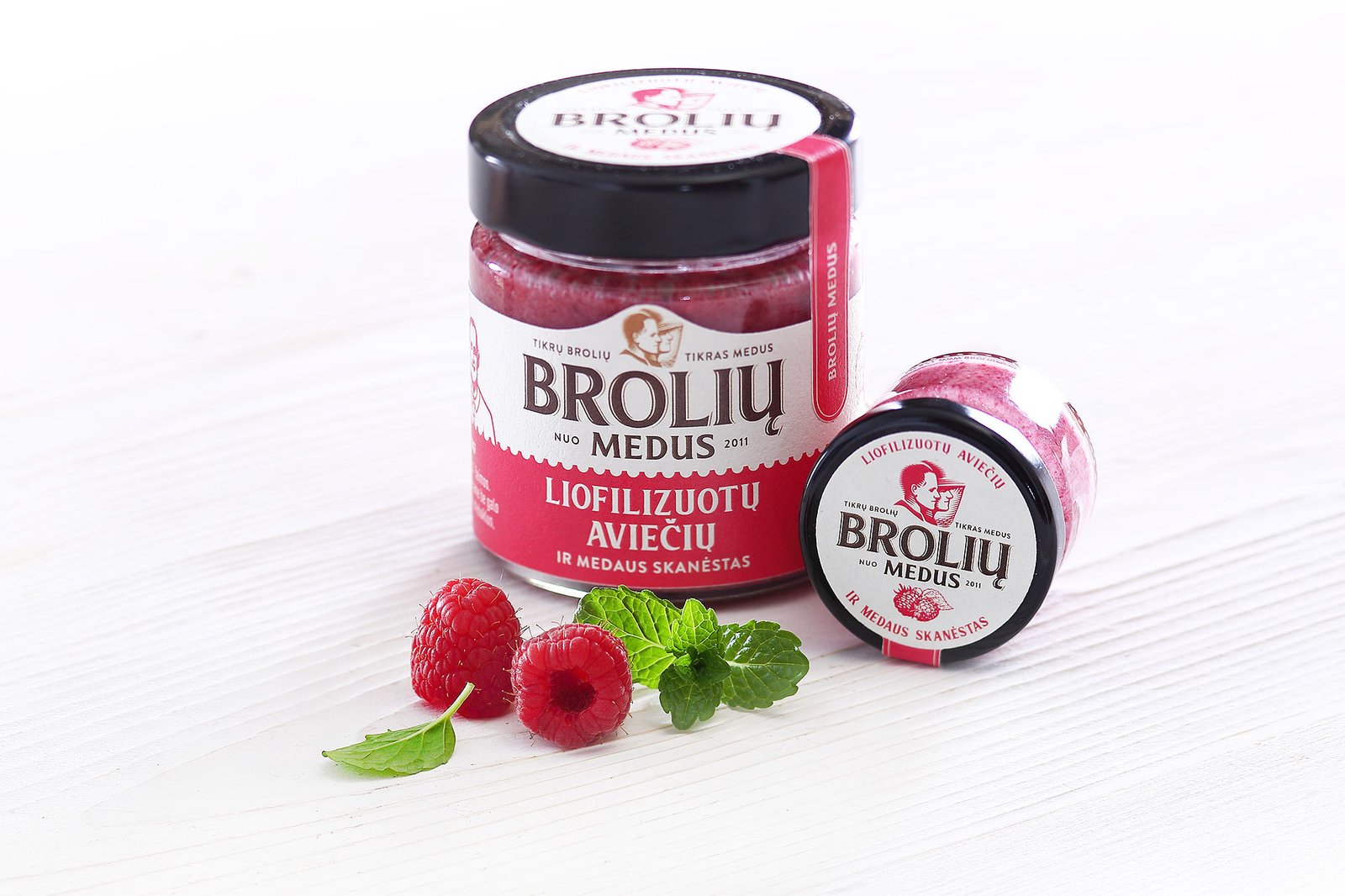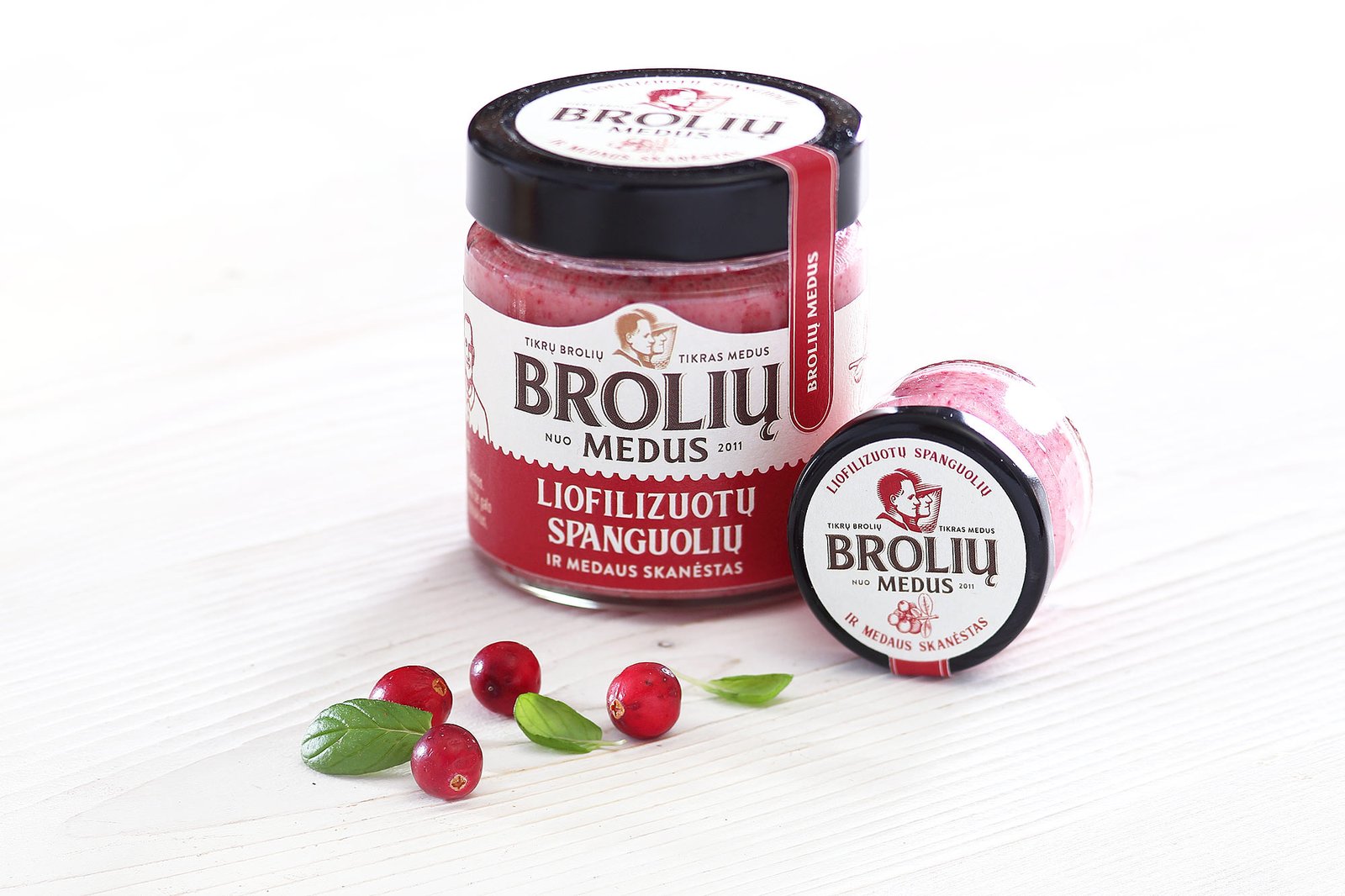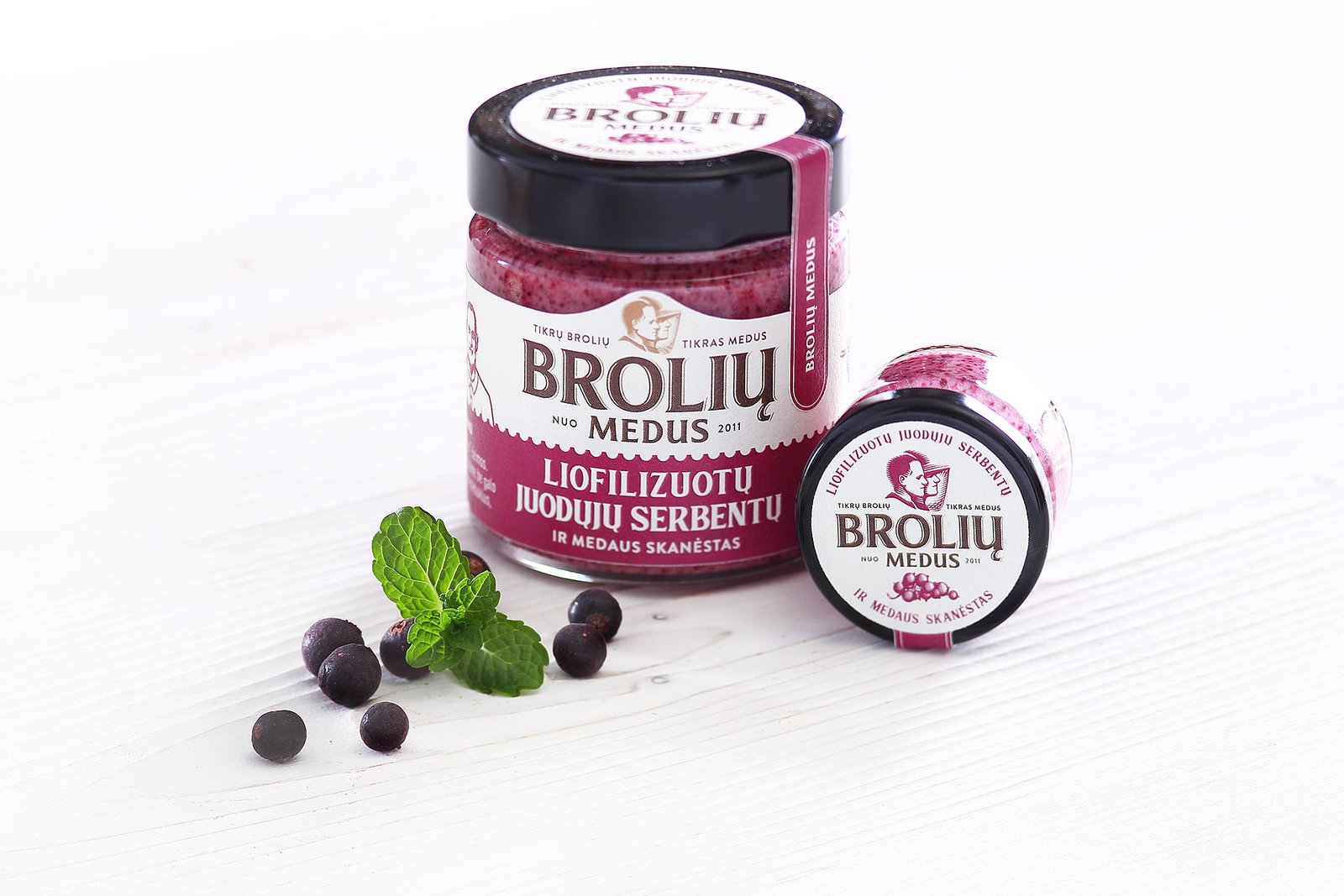Blog’as
Benefits of honey for the human body
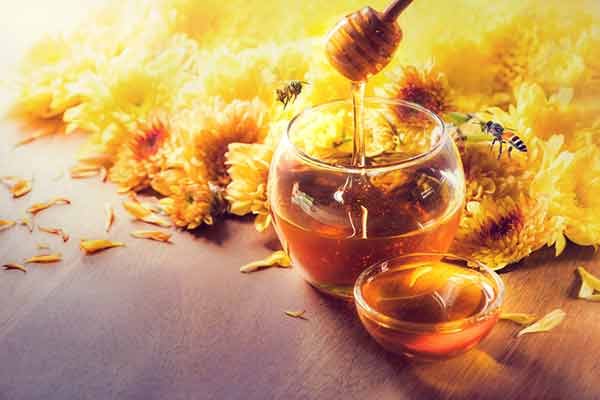
The health benefits of honey have been known for thousands of years. After all, even the Egyptian pyramids were found to have honey stores. This just proves how important honey was in many cultures. Increasingly more scientists are beginning to study honey, so we want to share what we have discovered about the health benefits of honey.
What is honey?
Honey is plant nectar that has been processed by bees. Though it is often said that bees gather honey, they are actually collecting nectar, which they later mix with their own saliva, pour into honeycomb cells, ventilate, make denser, mature and then ferment. Honey is a beautiful example of cooperation between bees and plants. Plants seduce bees and reward them with nectar so that bees pollinate them and enable them to reproduce and propagate. The plants that the nectar is gathered from determine the composition of honey. The most popular types of honey in Lithuania are: linden, spring honey (rapeseed, garden), honeydew and buckwheat honey.
Benefits of honey for the human body
Because honey is almost the only thing bees eat, it’s only natural that it contains everything the bees need to sustain life. This means that honey has an abundance of health-boosting properties to offer.
Antioxidative effect
Antioxidants or, in this case, honey combats the effects of free radicals. Free radicals are waste products of cellular processes that can enter cells and cause damage to them. They are also responsible for the shortening of telomeres (our genetic material found on chromosomes). This process is one of the main factors contributing to ageing. So by neutralising free radicals, honey slows the ageing process and prevents cell damage.
Antimicrobial effect
The greatest antimicrobial effect of honey can be attributed to glucose oxidase, an enzyme that acts as a disinfectant. Honey also contains hydrogen peroxide, which many of us have used to disinfect our wounds. Honey helps interrupt the reproduction of various fungi, viruses and bacteria by creating an unfavourable environment for them (honey is acidic, with a pH of ~3.2–4.5, which microorganisms don’t like). Its bactericidal effect has been observed with around 60 different types of bacteria. Some of the most common include: Bacillus anthracis, Corynebacterium diptheriae, Haemophilus influenzae, Klebsiella pneumoniae, Listeria monocytogenes, Mycobacterium tuberculosis, Pasteurella multicoda, Yersinia enterocolitica, Proteus species, Pseudomonas aeruginosa, Acinetobacter spp, Salmonella diarrhoea, Sal. typhi, Serratia marcescens, Shigella dysentery, Staphylococcus aureus, Streptococcus faecalis, Strep. mutans, Strep. pneumoniae, Strep. pyogenes,Vibrio cholerae.
Apoptosis stimulating effect
Apoptosis is a kind of programmed self-destruction of the cell that is very useful for us. When this process is in disorder, all cells that are ‘born’ with defects, that are somehow deficient or old cannot self-destruct. This is typical of tumours, especially malignant ones. Through a myriad of the cell’s regulatory mechanisms, honey encourages cell apoptosis and helps restore the natural life cycle of the cell, one where death is inevitable and thus slows down metastasis and tumour growth. These conclusions were reached in a study of patients suffering from intestinal cancer.
Anti-inflammatory immunomodulatory effect
Chronic inflammation tends to cause tissue damage. The phenolic compounds in honey interrupt the cascade of inflammatory processes and help delay cell damage, allowing existing wounds to heal. This mechanism helps alleviate the symptoms of many chronic diseases, which we have written about in another section, and prevent their onset.
The benefits of honey when suffering from various diseases
Honey helps wounds heal because of its aforementioned anti-inflammatory and antimicrobial effect. It positively affects both external and internal wounds, the entire digestive tract as well as the pancreas. The pancreas and honey are highly compatible because honey can help diabetes sufferers reduce their insulin resistance.
Honey also helps our nervous system remain younger and react to stress more calmly because it has natural anti-depressant properties. Several studies have shown that the polyphenols in honey have properties that protect the central nervous system and defend against oxidative stress. These very antioxidants also reduce the risk of other chronic diseases, including cardiovascular diseases, neurodegenerative diseases and others.
Find more about treating illness with honey in our blog post Treating illness with honey. Recipes from folk medicine.
What options do those who don’t like honey have?
Honey harvested during different stages of the season have different and distinct flavours, which not everyone is a fan of. In order to make the magical medicinal properties of honey available to all, we created a unique line of products – honey with freeze-dried berries and fruit. This honey isn’t just delicious! It’s loaded with vitamins, minerals, energy and flavour for making your life sweeter.
Honey treats/teas are surprising because they make the specific taste of honey more mild and, in some cases, hardly noticeable, which is why they are beloved by children and even adults. Just like that, instead of a dessert. Even though the freeze-drying process came into more common use in the previous century, it has only recently gained popularity with the healthy living boom. In the freeze-drying process, products are dried in very low temperatures and thus preserve almost all of their valuable nutrients, while their shelf life becomes almost limitless. And all of this is possible without any preservatives. Honey enhanced with berries is not only more delicious, it is also more valuable because it combines the beneficial properties, vitamins and other valuable nutrients of honey with those of berries and fruit. This new product is our contribution to your good health.
From now on, honey can be enjoyed by everyone — from the little sweet tooth to the greatest gourmet. Now honey comes with raspberries, ginger and lemon, peppermint, sea buckthorn berries, cranberries, rowan-tree berries, quince, black currants and even chocolate. Have you discovered your own favourite? If not, don’t hesitate to try because the minute you have your first taste, you won’t be able to stop. We guarantee a new experience and a heart-warming sweetness!
It’s for good reason that they say that beekeepers are quite healthy people. They get their fair share of honey, just like they do other bee products. However, despite how wonderful everything in this post might sound, we would like to remind our readers that honey is, first and foremost, a food product. Unlike various medicines, it does not have a quick, easily measurable or obvious effect. In order to make the benefits of honey tangible, it must be consumed systematically while maintaining a healthy lifestyle, because there is still no single medicine that can make us all healthy and happy. We must make sure of this ourselves. To your health!
Honey with berries and fruit – a new flavour to be discovered
Medus su imbieru ir citrina
€2.30 – €5.70Medus su mangais
€2.10 – €5.50Medus su kakava ir lazdynų riešutais
€2.20 – €5.60Medus su šaltalankiais
€2.30 – €5.90Medus su avietėmis
€2.30 – €5.60Medus su pipirmėte
€2.30 – €5.60Medus su spanguolėmis
€2.30 – €5.90Medus su juodaisiais serbentais
€2.30 – €5.80Medus su svarainiais
€2.30 – €5.70Medus su šermukšniais
€2.30 – €5.80
Sources:
- Samarghandian, S., Farkhondeh, T., & Samini, F. (2017). Honey and Health: A Review of Recent Clinical Research. Pharmacognosy research, 9(2), 121–127. https://doi.org/10.4103/0974-8490.204647
- Mandal, M. D., & Mandal, S. (2011). Honey: its medicinal property and antibacterial activity. Asian Pacific journal of tropical biomedicine, 1(2), 154–160. https://doi.org/10.1016/S2221-1691(11)60016-6
- Eteraf-Oskouei, T., & Najafi, M. (2013). Traditional and modern uses of natural honey in human diseases: a review. Iranian journal of basic medical sciences, 16(6), 731–742.





